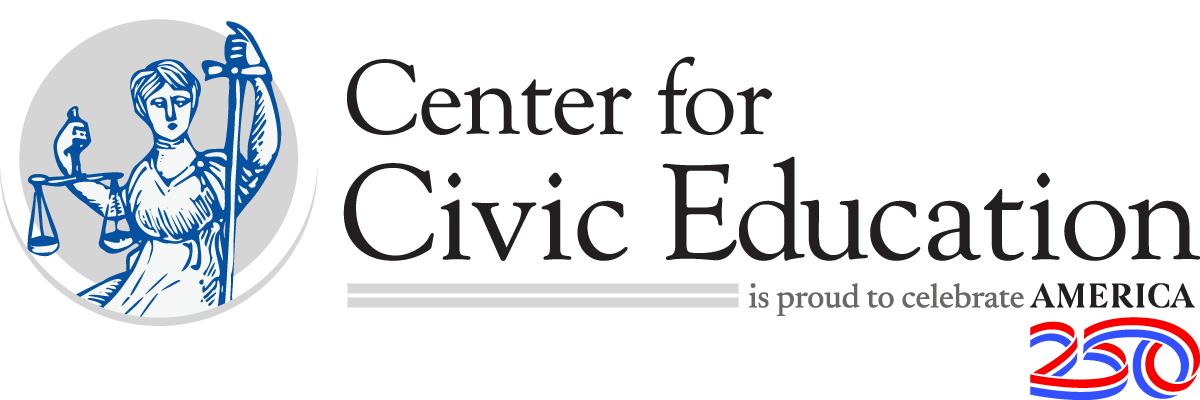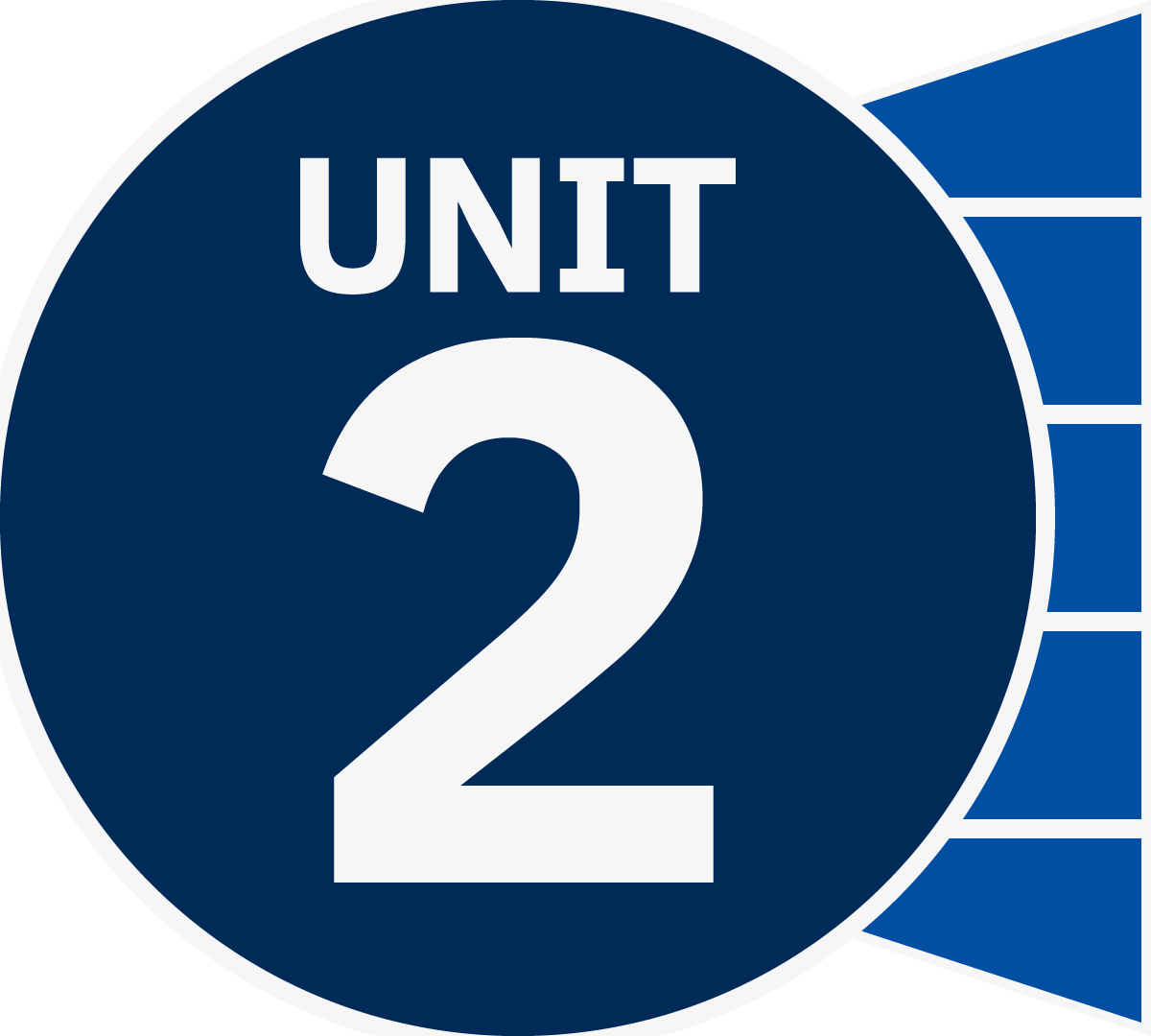Inquiry Companion: Unit 2
Inquiry Guide Activity
- Unit 2, Lesson 9: How Was the Philadelphia Convention Organized?
- Unit 3, Lesson 12: Who Attended the Philadelphia Convention? How Was It Organized?
- Active learning
- Compromise
- Critical thinking
- Relationship skills
- Participate in a democratic experience on compromise for the common good
- Analyze how the Framers used compromise to write the U.S. Constitution
- Unit 2 Elaborate Exit Ticket
- Democratic Experience Debrief
- Is compromise always fair?
- bicameral A two-house legislature.
- common good The good of the community as a whole.
- compromise A mutual agreement in which individuals or groups adjust their positions or make concessions to reach a middle ground that satisfies everyone involved.
- Constitutional Convention A gathering of state representatives who came together in 1787 to draft, revise, or produce a constitution for the government.
- Great Compromise An agreement during the Constitutional Convention that resulted in the establishment of a bicameral legislature with equal representation in the Senate and proportional representation in the House of Representatives.
- proportional representation Representation based on population.
- Constitutional Convention (Video)
- Principles of the Constitution (YouTube playlist)
- Info Brief: Compromises of the Convention
- The Compromise That Passed by One Vote (Video)
- Original Virginia Plan document and transcript
- Summary of the Virginia Plan
- Original New Jersey Plan document and transcript
- Constitutional Compromises: Crash Course Government and Politics #5 (Video)
Part 1
- Welcome students to social studies, which today will be known as the party-planning committee.
- Introduce the inquiry question: “Is compromise always fair?”
- Allow students time to make a prediction about the inquiry question as well as offer their own supporting questions.
- Using your normal routine for establishing groups, divide students into groups of four or five.
- Provide students with this scenario:
- Imagine your school is hosting a festival to raise money for the local elementary, middle, and high schools. Certain parameters have already been decided, but there are many logistics that need to be agreed upon. The community has sent many requests for the planning committee to review and consider. A survey of community requests was conducted and provided percentages to help you make your decisions. It is not possible for all of these requests to be accommodated, so it is your job as the planning committee to take these requests and come up with a compromise that makes the most sense for the whole community.
- Distribute the Festival Planning Document to each group. It may be most effective to provide only one copy to each group so that it only reflects the final decisions of the group’s compromises.
- Review the Festival Planning Document as a class to ensure students understand the expectations. Consider modeling one section as needed.
- Instruct students to read the requests for each category and make final decisions by balancing the community’s needs.
- A modified Festival Planning Document With Options can be shared with students who need more support with the decision-making process.
- Instruct students to discuss each section and collaborate on a recommendation as a group.
- Circulate around the room, encouraging each group, observing progress, and redirecting as needed.
- Students will reflect on this process and their decisions using the Reflection Questions section of the Festival Planning Document.
Part 2
- Encourage students to give thought to this simulation experience. The ideal outcome is for students to realize that compromise means that not everyone will be happy with the final decisions but that the determinations were made to ensure the best result for the entire community. Emphasize to students that this activity simulated democratic experiences of compromises for the common good. Facilitate a class discussion using the following questions:
- What is the common good?
- What process did your group use to make your decisions?
- What role did numbers (percentages) play in your decisions?
- Was it hard to find a compromise? Why or why not?
- What other decisions might a planning committee like this need to make?
- Do you think the community would be happy about your decisions? Why or why not?
Part 3
- Play The Compromise That Passed by One Vote video. While students watch, tell them to listen for what the states gained and gave up in the Great Compromise.
- Play the video a second time to ensure comprehension, if needed.
- Allow time for a brief discussion or an opportunity for students’ questions.
- Distribute copies of the Great Compromise Venn Diagram.
- Using your normal routine for establishing groups, divide students in trio teams.
- Students will refer to the We the People: The Citizen & the Constitution textbook and the Venn diagram in order to identify which components from the New Jersey Plan and the Virginia Plan were used to craft the Great Compromise.
- Review the Great Compromise Venn Diagram as a class to ensure students understand the expectations. Consider modeling one section if needed.
- Instruct students to collaborate in trio teams to complete the graphic organizer.
- Circulate around the room, encouraging each group, observing progress, and redirecting as needed.
- Provide time to discuss which components of the New Jersey Plan and the Virginia Plan were used to craft the Great Compromise. An answer key is provided.
- As a class, have students reflect on the Great Compromise and compare it to their festival activity. Facilitate a class discussion using the following questions:
- Do you think the Framers successfully compromised between small states and large states? Why or why not?
- Why might it be difficult to find compromises in government?
- How did the Great Compromise compare to your festival compromises?
- Do you think the Great Compromise found the best solution? Why or why not?













